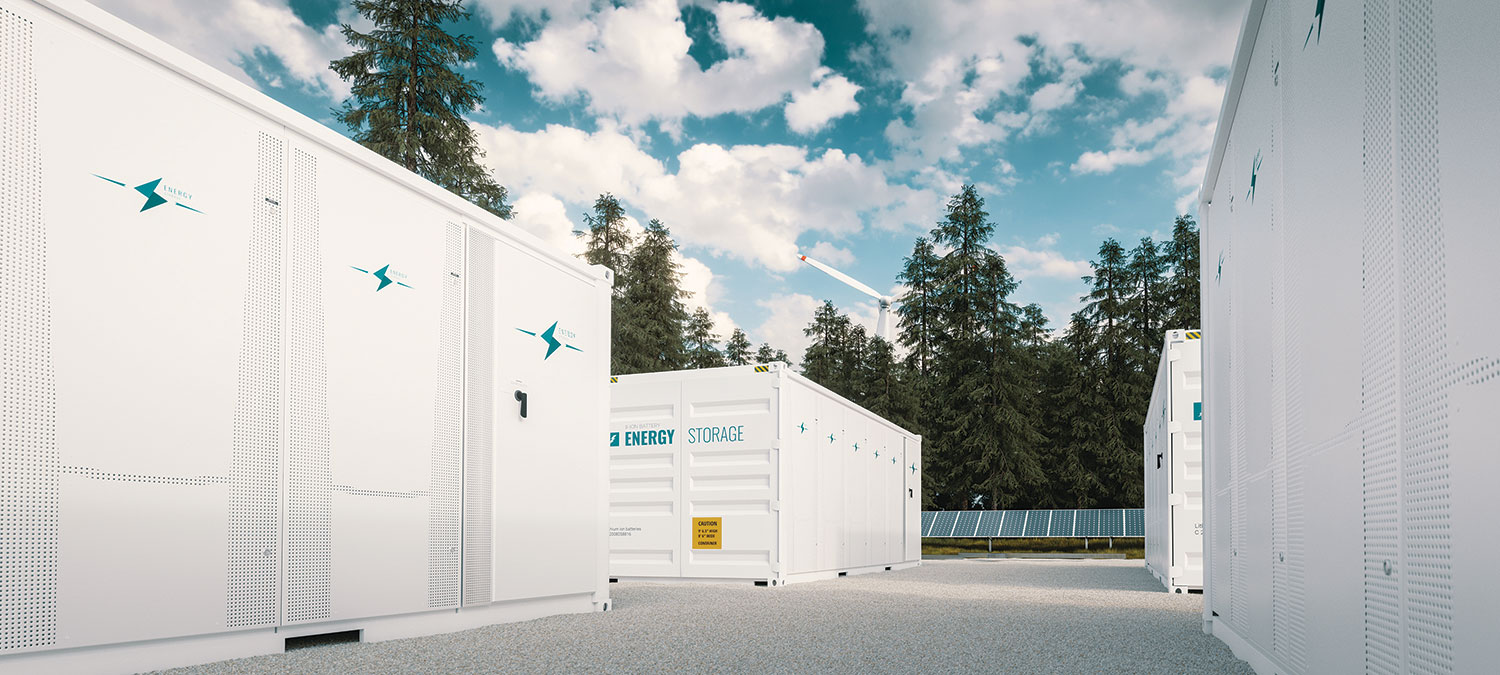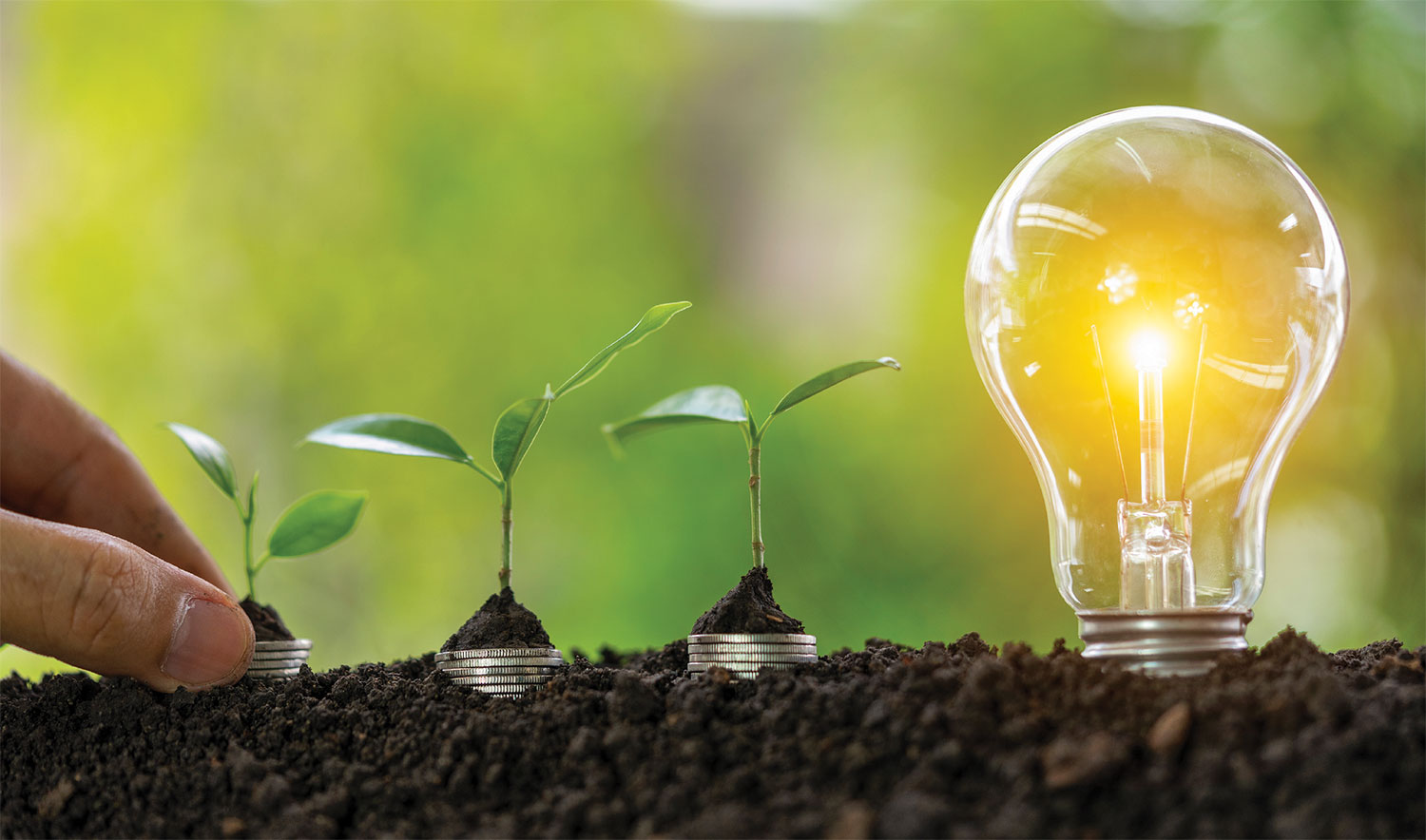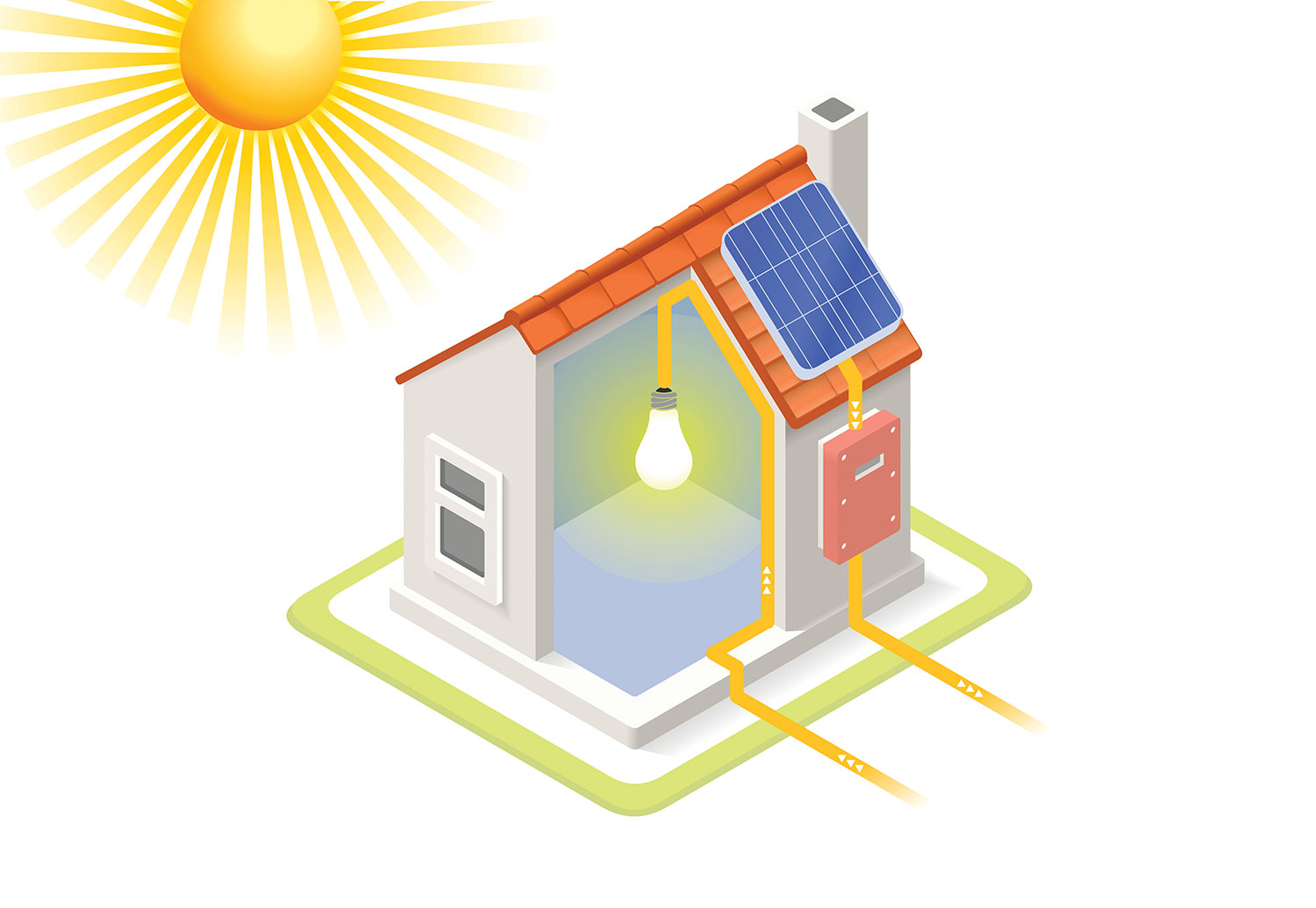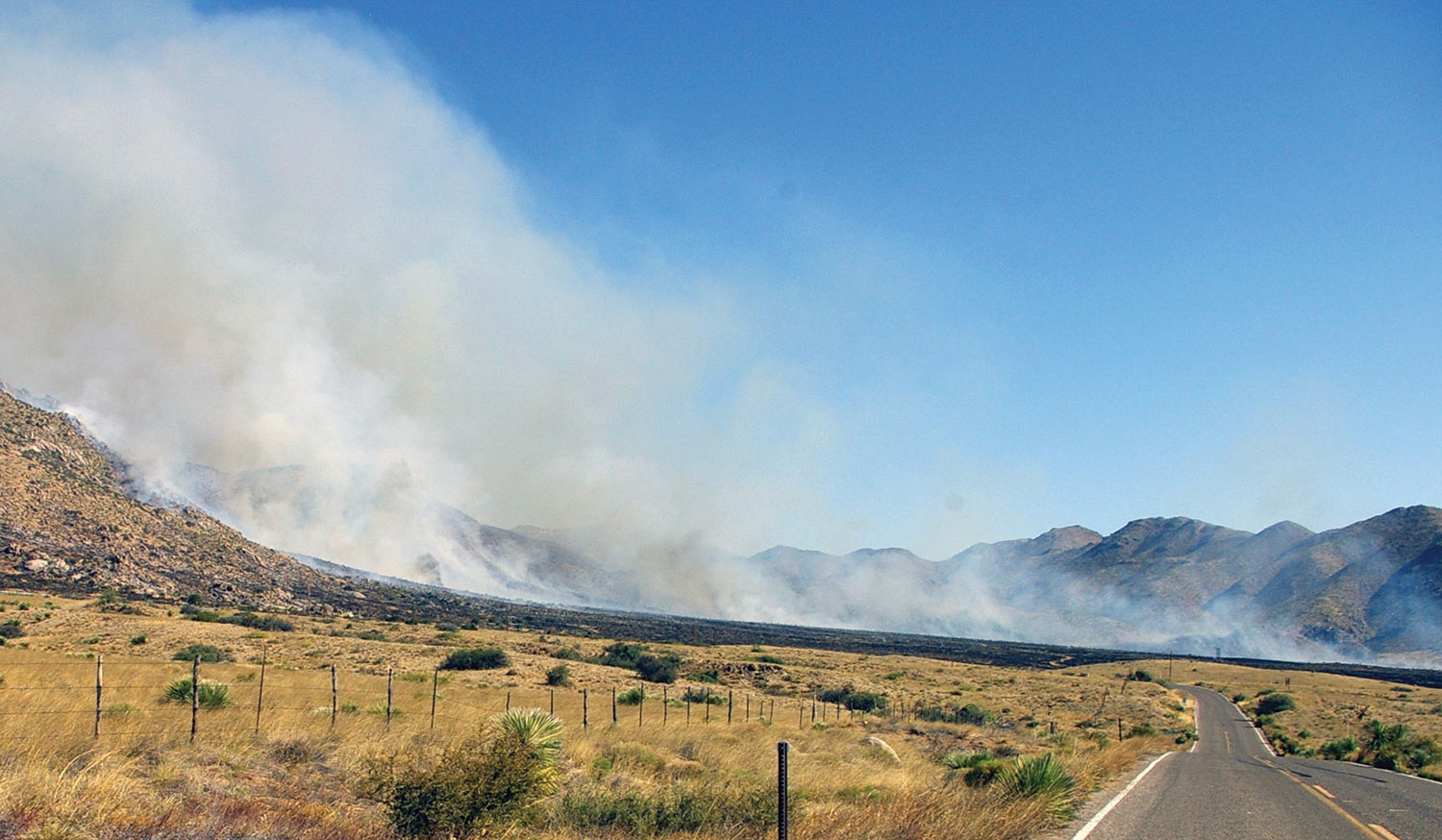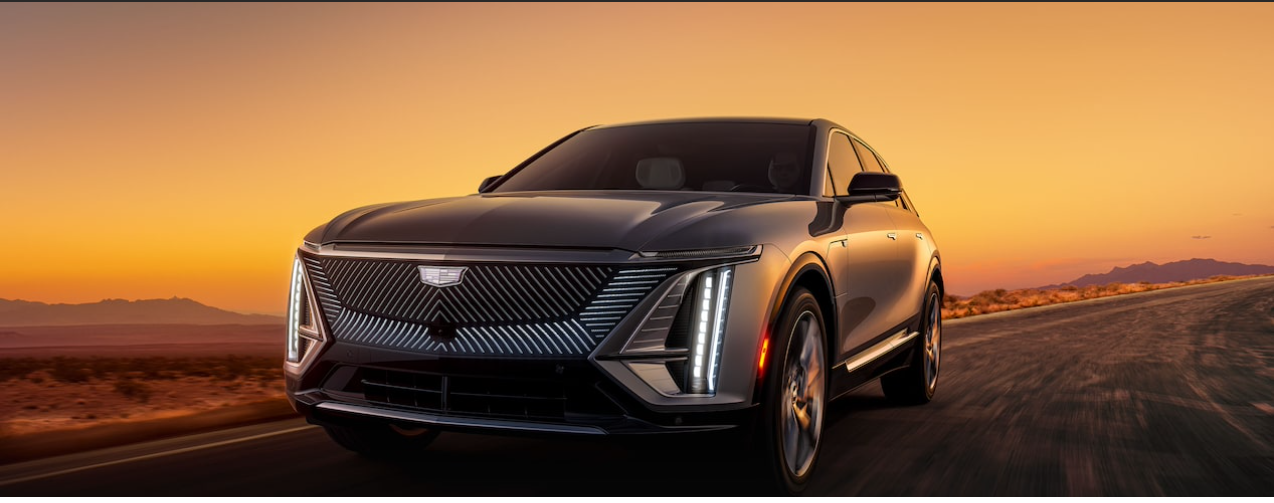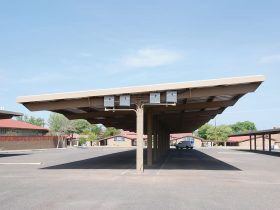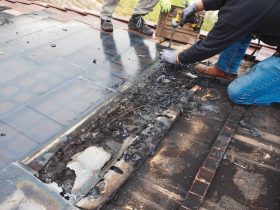ESS systems receive electric energy, store the energy in some form, and then provide electrical energy to loads or power conversion equipment when needed.
As CONEXPO-CON/AGG continues to draw near, Stephen Roy, President, Region North America, at AEM member company Volvo Construction Equipment, discussed his thoughts on the show and the direction of the construction equipment industry.
The means for providing illumination has gone through numerous changes over the centuries, from oil lamps to incandescent bulbs, to fluorescent tubes and LEDs.
One of the most critical methods in determining shock and arc flash hazards is always to remember to test before you touch your equipment.
With more frequent utility outages due to various environmental events, batteries are even more important in today’s PV systems.
The testing and certification process is essential in the development, manufacture, and ultimate use of electrical products.
COVID and its related supply-chain issues are having various impacts on the installation and inspection of alternative-energy systems, including PV.
With the rapid reduction in the costs of renewable energy generation, such as wind and solar power, there is a growing need for energy storage technologies to make sure that electricity supply and demand are balanced properly.
There are no one-size-fits-all solutions to the ground fault-protected main circuit breaker issue. Diligent attention to the requirements in the NEC and the equipment in the existing installation is required.
The National Electrical Code requires several systems to reduce the possibility of fires in PV systems and to protect fire fighters.

